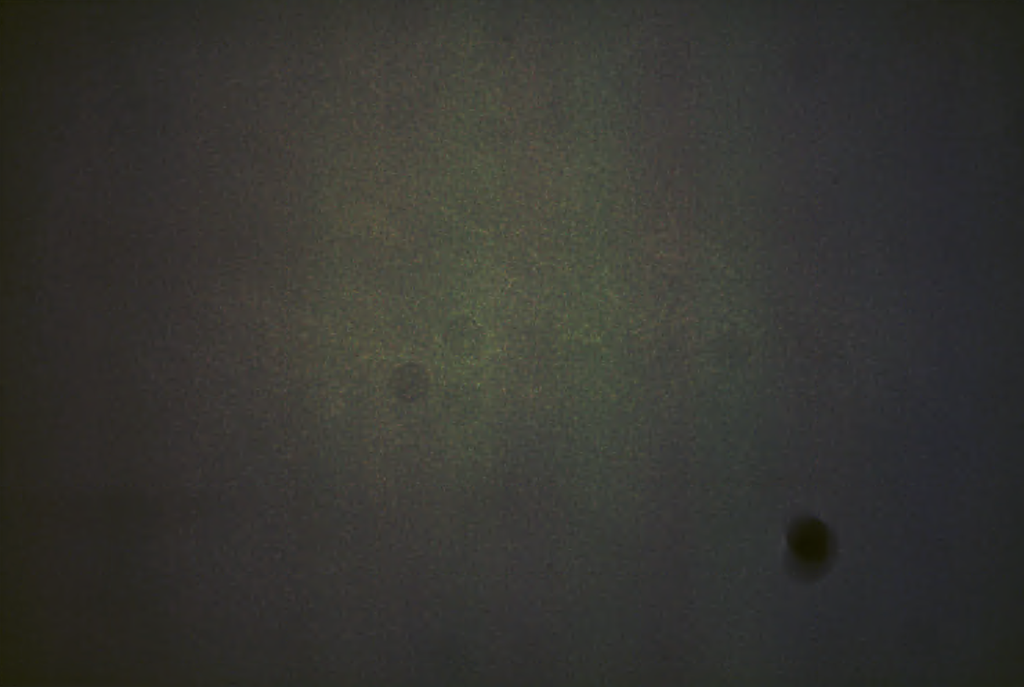I've purchased the Touptek2600c (tsoptics rebrand) around 2 or 3 months ago, as per usual, the weather wasn't cooperating, so I had to wait arund a month before I could start shooting. My plan for clear nights with little to no Moon, was to shoot the Shark Nebula, and so I did.
After I got around 6h of data, I started to have a go at it in Pixinsight, and the problem first appeared. As I apply the Auto Stretch, I noticed vertical banding with alternating magenta and cyan cast, like so:

This is a 18h stack, with no calibration frames, with ABE and Spectrophotometric color calibration applied, StarXterminator then saturated to enhance the issue.
My acquisition process is as follows: 300s subs, 100 gain, 50 offset, at -15ºC. High Gain Mode enabled, Dew Heather on, although I don't think the camera as one, Ultra Low Noise Enabled. I dithered every frame.
Solutions that I've tried: Obviously I started by including calibration frames, darks, flats, and dark flats, none of them resolved the issue. Then I thought that, since I don't get the banding using the L-Ultimate filter, it could be a filter problem, so I removed the Svbony IR/UV cut filter, tossed all the frames that I had previously taken and shot again. Ended up with the picture above, so I guess it isn't the filter, but I cannot reproduce the issue, using the exact same acquisition process and stacking, with the L-Ultimate filter.

This is around 9h with the same acquisition and stacking technique.
Since I'm aiming at an LDN, I thought that it could also be that I'm clipping my blacks, so I increased the offset to 200, same result.
Then, I tried with 60s, and after that, 120s subframes, because I could probably be saturating the pixels and getting the pattern as a result, nothing changed.
I debrayed a single frame, stretched it, and the pattern (I think), is barely visible.

My theory is that pixels that don't get enough signal tend to form a patter noise with those colors, it's the only thing that I can think about, but I have no idea anymore, dark frames should enhance the issue and correct it.

300s dark frame, debrayed, stretched.
If anyone as any idea what the problem seems to be, or as any input on the situation, I'd love to hear it.
Thank you and Clear Skies.



